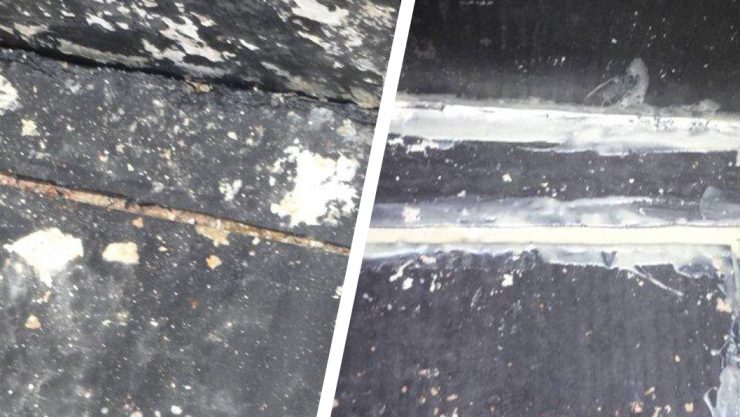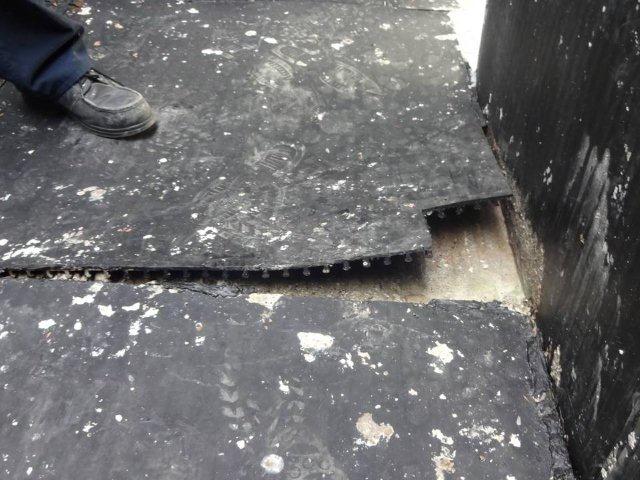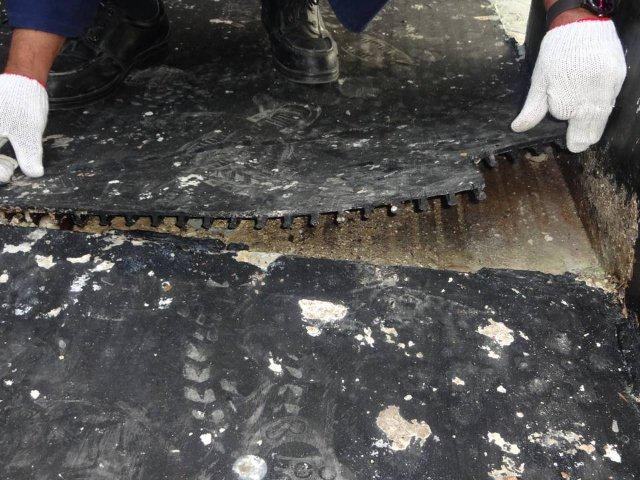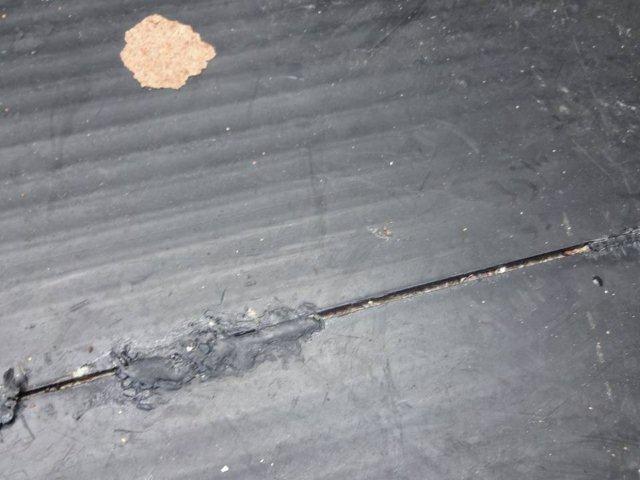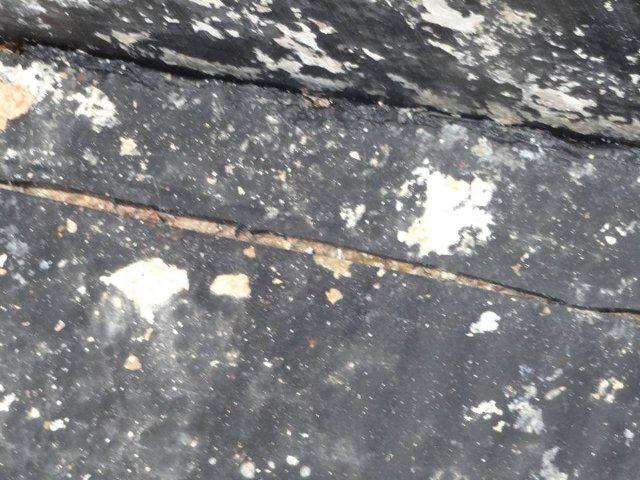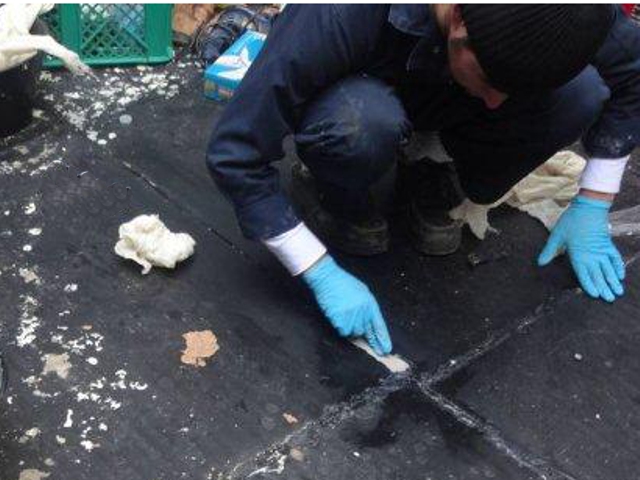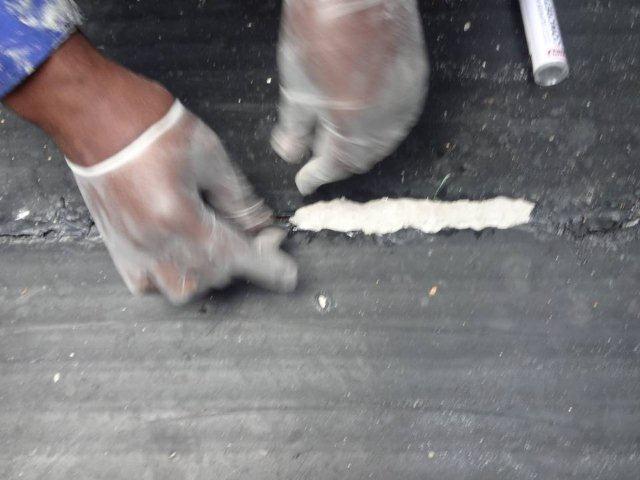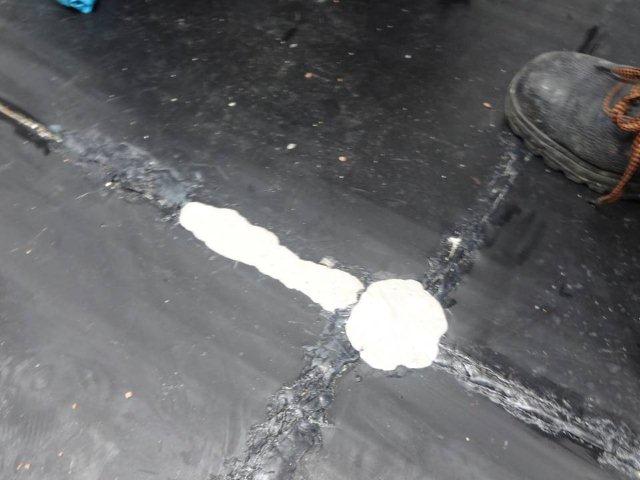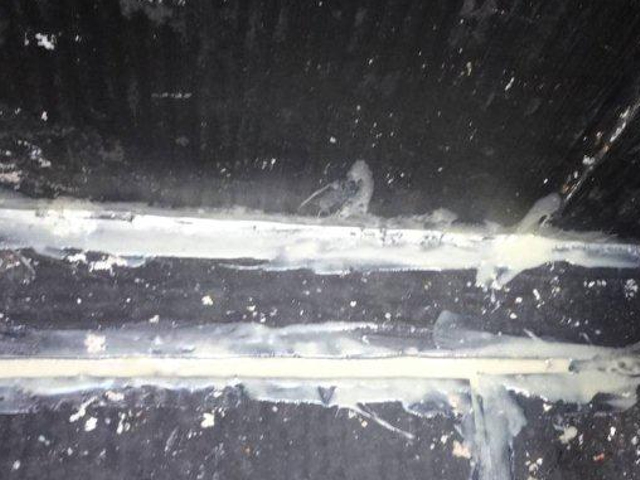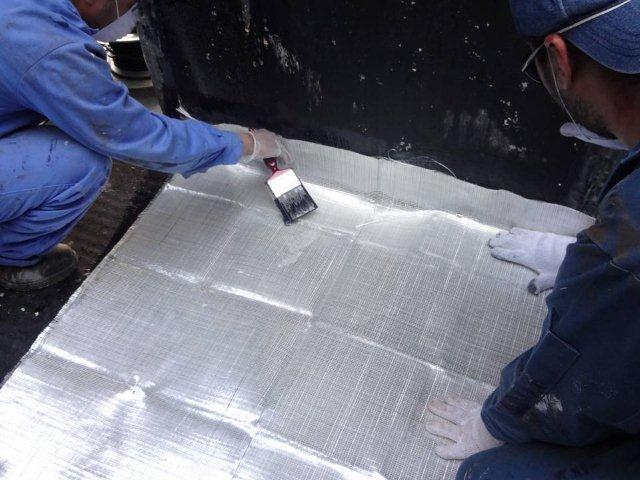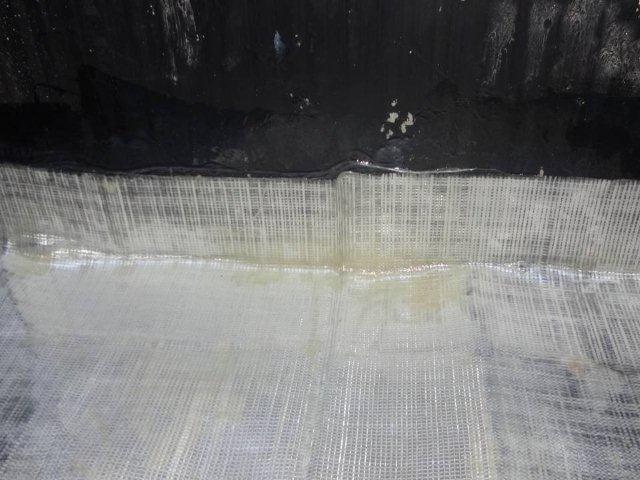Case Study: Seawater Storage Tank Floor Repair at Gas Processing Plant in Saudi Arabia
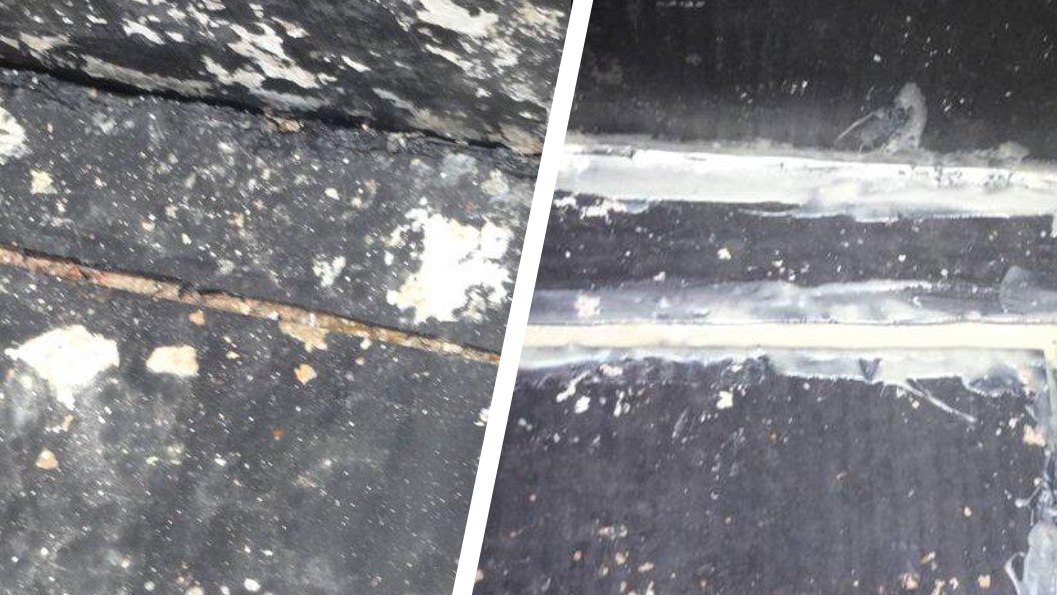
Corrosion could have floored this seawater tank – until Sylmasta AB Original Epoxy Putty provided sealing security
The floor of a seawater storage tank at a gas processing plant in Saudi Arabia undergoes repair after gaps appeared between rubber sheeting, leaving the concrete which coated the bottom of the tank unprotected and exposed.
Case Study Data
Site
Gas processing plant
Location
Saudi Arabia
Repair Type
Floor repair
Defect
Gaps between rubber sheeting leaving concrete tank floor exposed
Products Used
Sylmasta AB Original Epoxy Putty
Waterproof, hard-wearing epoxy putty with a longer work time used to permanently fill gaps and cracks
Case Study PDF
Case Study Details
The plant collected gasses produced during the extraction of crude oil – such as propane, butane, methane and ethane – and converted them into a number of different chemicals exported worldwide for industrial and agricultural use.
Seawater was extracted from the Persian Gulf and stored in vast metal tanks for use in cooling and other processes on site. The interior of each tank was concrete coated and then lined with rubber matting for protection against corrosion.
Problems with one tank led to it being drained for inspection. This revealed sections of the rubber matting on the floor of the tank had become loosened, lifted and completely broken apart in some places, leaving the concrete lining exposed.
There was a risk that this exposure could lead to seawater finding a way through the concrete and coming into contact with the metal frame beneath. This would put the tank in danger of serious and irreparable damaged caused by corrosion. All gaps in the rubber sheeting therefore had to be sealed before the tank could go back into service.
The engineering team carrying out the seawater tank repair decided to use Sylmasta AB Original Epoxy Putty for the application. AB Original is ceramic-filled, making it stronger and harder wearing than other epoxy putties. It is fully waterproof, adheres to wet surfaces and its high chemical and corrosion resistance mean it is often used as a sacrificial layer.
AB Original was mixed by hand. Whilst soft enough to shape and manipulate, it was forced into the gaps and cracks between the rubber sheeting and smoothed off with water and a hand tool.
The two hour work time of AB Original allowed large amounts of putty to be mixed and applied without the threat of premature curing. Once hardened, the putty permanently filled every gap with a waterproof material, protecting the concrete lining from seawater exposure.
After the application of AB Original, fibreglass sheets were layered over the rubber matting and coated with an epoxy resin. This created a new reinforced floor surface over the damaged rubber, offering yet another layer between seawater and the metal frame of the tank.
The plant could then put the tank back into operation safe in the knowledge that the metalwork was now far better protected by a combination of concrete, AB Original, rubber matting and an epoxy composite repair.
If you have an application you would like to enquire about, then please get in touch
Call: +44 (0)1444 831 459
Email: sales@sylmasta.com

